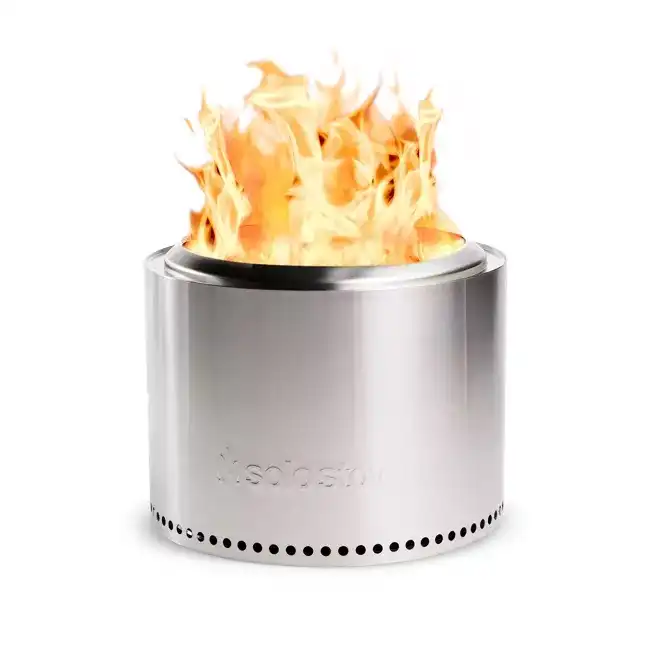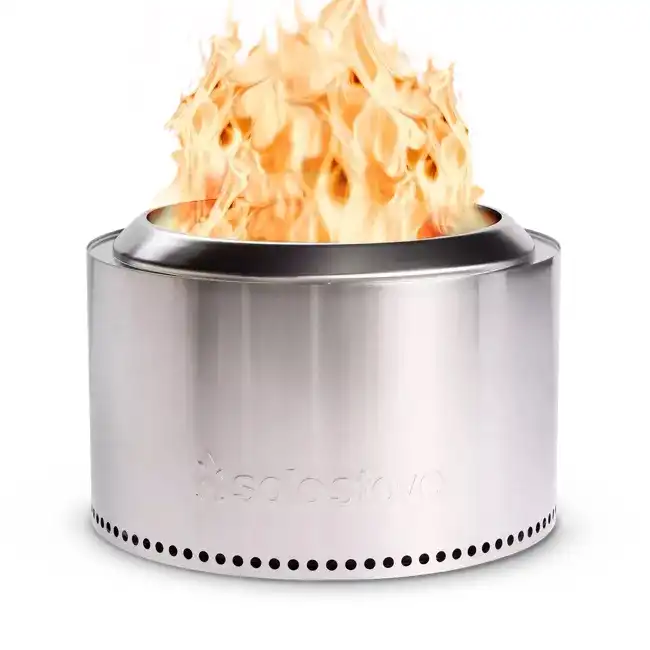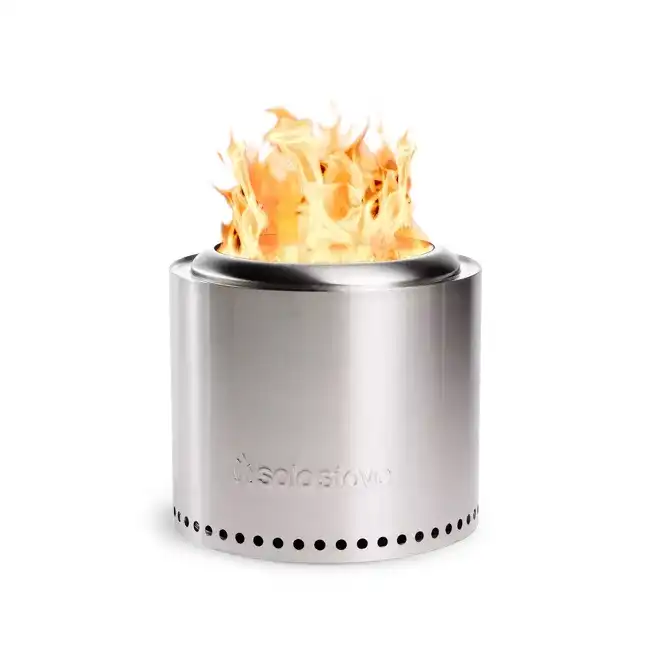Whether purchasing or building one, you may be asking, does a fire pit need air holes? You possibly understand the fundamentals of building a fire pit, although many people are unsure about the significance of air holes. Is it helpful to have air holes in a fire pit, or is this an option?
You might think it’s a great idea to build a fire pit somewhere in your backyard. Having a fire pit to sit by and relax with your family members and friends is often a lot of fun.
Many of the best memories will be made while sitting around a fire pit with loved ones. So if you are thinking about building your fire pit, you’ll need to get it right the first time.
Continue reading to learn more about air holes and fire pits. This should assist you in making sound decisions and getting the job done well when constructing your fire pit.
Does a Fire Pit Need Air Holes?
Air holes are usually a must-have feature for fire pits. Without adequate ventilation, the fires will die out. Vents will be necessary and proper for various reasons. First, the airflow produced by the ducts will allow oxygen from outside to keep flames burning.
Air holes can also assist you in avoiding scorching the surfaces on which you place your fire pit. Ventilation can help you avoid damaging your wood deck, patio, or other areas in your yard where you would want to put a fire pit.
You must place the vent holes strategically to ensure that your fire pit receives the proper amount of airflow. According to experts, you should install a two-inch vent hole every 24 or 36 inches all around the base. More vent holes are likely to be required in a large fire pit. This is why people make as many holes as possible, to ensure fire pits work out better.
How to Drill Vent Holes
Making vent holes appears to be a simple task, but you must do it correctly. Do not use certain materials. For example, do not use PVC or plastic pipes to make the necessary air holes. Melted plastic will cause chemicals to mix with smoke from the fire.
It could become unsafe to inhale, rendering your fire pit inoperable. Make sure you use materials that won’t melt and keep ash and other debris out of the vent holes. If they become clogged, your fire pit will not function properly.
Even if a few air holes become clogged with ash or another substance, it will affect how long the fire can burn. So do everything you can to ensure vent holes are clear while using your fire pit.
Smokeless Fire Pits
When it comes to fire pits, air holes are unnecessary because you can use a design that does not require them. It is possible to construct a smokeless fire pit, which allows oxygen to reach the fire in another way. This is a fire pit that employs both controlled temperatures and airflow. It is built into the ground, so there is no need for a foundation.
There are various smokeless fire pit models to choose from, but the idea is to use a vent tunnel and a hole in the ground. Some designs employ two pits connected by a vent tunnel, which will necessitate some effort to set up.
Even though they are labeled “smokeless fire pits,” they will emit smoke. Many people prefer options like this because they produce less smoke than standard options. Some people will object to the additional work required, but it is your choice to decide which path to take.
Tips for Fire Pit Safety
Finally, here are tips to consider when it comes to ventilation and ensuring fire pit safety:
- Make sure you use the fire pit in a well-ventilated area with plenty of airflows. Although there are some exceptions to this rule, such as enclosed gas fire pits, ventilation is still essential. Also, when building fire pits outside, ensure that the area is free of anything that can catch fire, such as low-hanging plants, branches, and trees.
- If you purchase a pre-built fire pit, always read the owner’s manual. They will also have fire safety tips and instructions on using and keeping the fire pit.
- Know your town rules regarding fire pits and go above and beyond the recommended precautions.
- At all costs, avoid accelerates. Gasoline, lighter fluid, alcohol, and other flammable liquids will start fires and damage your fire pit. As previously stated, those chemicals will enter the smoke and emit toxic fumes into the atmosphere.
- Keep a fire extinguisher, water, and fire blankets with you near the fire pit. Then, if there is an emergency and you don’t have time to run into the house, you will respond quickly. It can only take a few seconds for a fire to end up causing damage.
A fire pit needs air holes to supply oxygen to the flames. This is much more of an issue when you make a fire within an above-ground walled pit. Drill 2-inch holes every 24 -36 inches around the pit’s perimeter. Keep ash and other debris out of holes to ensure proper airflow.
Whenever you’re constructing or erecting a fire pit, consider how you can ventilate the fire. While air holes are among the most convenient ways to provide ventilation for fire pits, they are not the only option. There are other sources of fuel to consider for the fire. Although they come with their advantages and disadvantages, they all require ventilation.
Does a Fire Pit Need Air Holes: FAQs
Question: Do outdoor fire pits need air vents?
Answer: Most fire pits require vent holes to function correctly. A fire will not continue unless it receives adequate oxygen flow, which air holes provide when typical fire pit designs are used. Even the smokeless fire pits in the ground rely on oxygen to make things work.
Question: Should a fire pit have drain holes?
Answer: A drainage hole is required for water to run out of metallic and in-ground fire pits. You must have drain holes for your fire pit if you have either an open or an in-ground fire pit in the backyard. If not, water will collect inside the fire pit, leading to rust.
Question: How do I keep water out of my fire pit?
Answer: You can use a tarp to protect the fire pit from rain. Use a tarp designed explicitly for fire pits or a tarp specifically for grills. In any case, a large tarp made of a solid synthetic material should keep the elements out of your fire pit.








